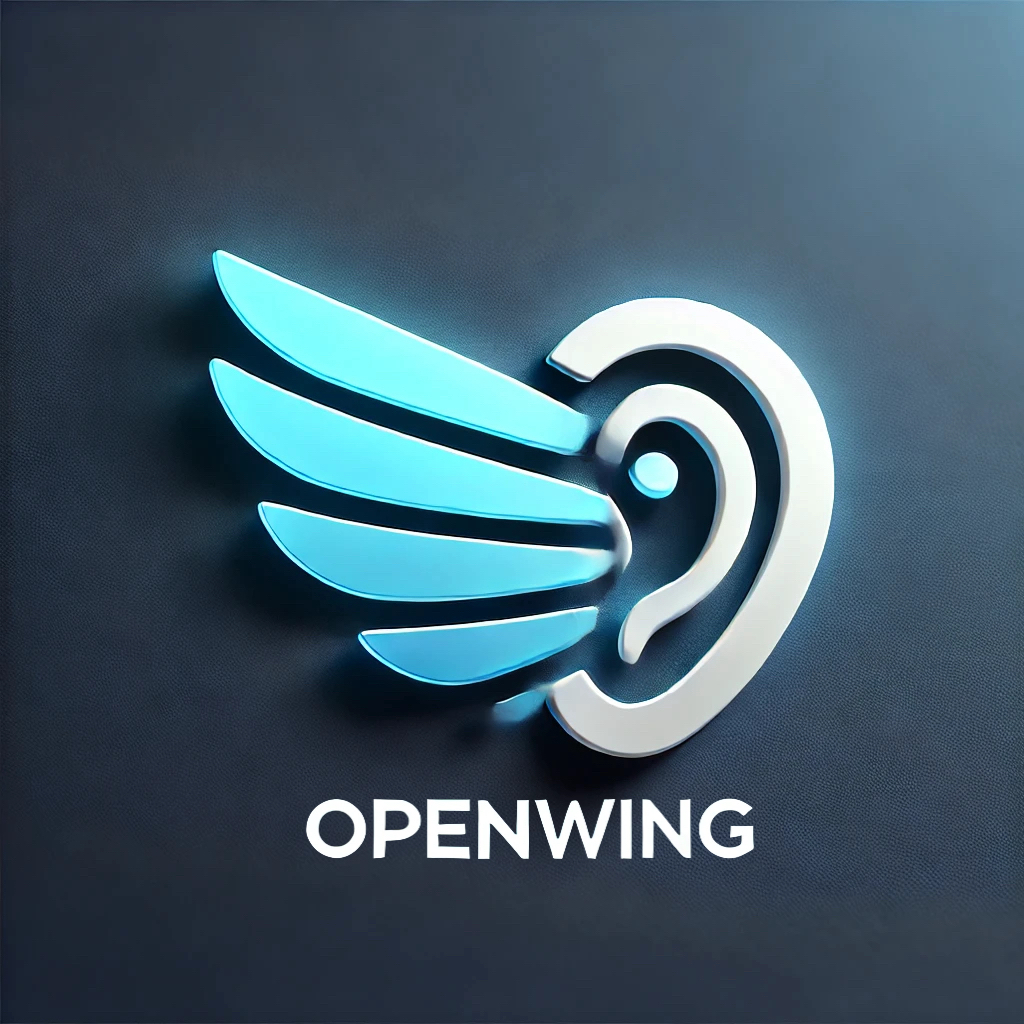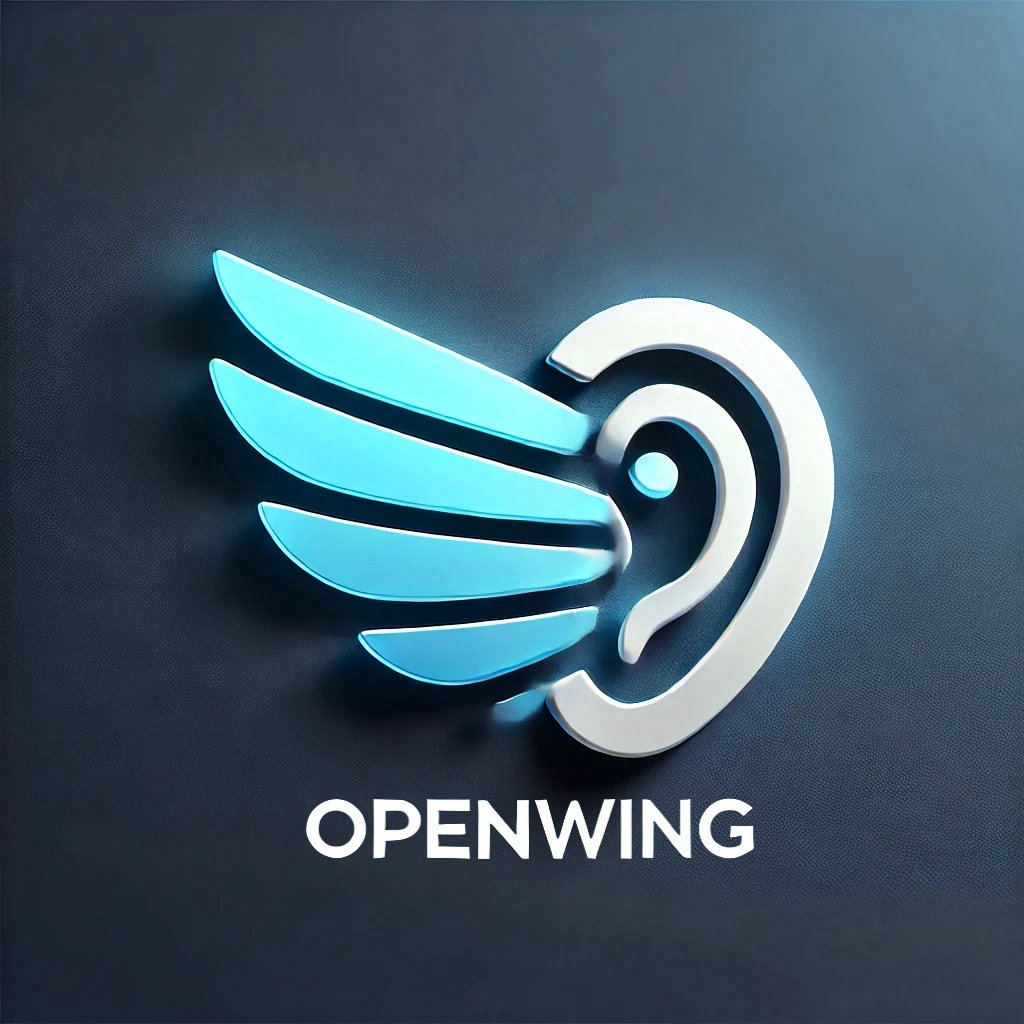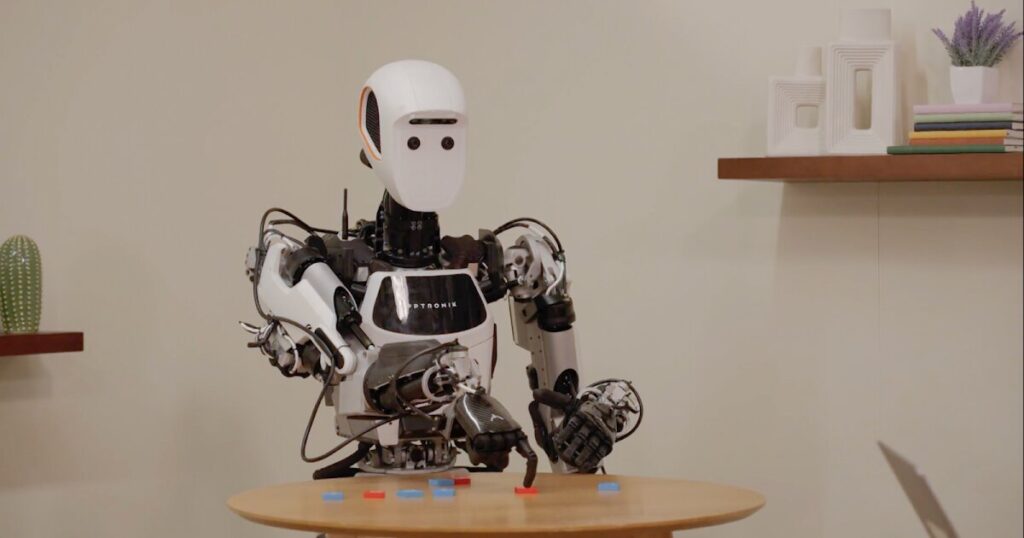In a landmark development, Google’s DeepMind team has embarked on a new technological frontier by introducing Gemini Robotics, a groundbreaking AI model that carries the potential to fundamentally transform the field of robotics. Built on the advanced Gemini 2.0 framework, the Gemini Robotics model is set to redefine how AI interacts with the physical world, ensuring robots possess an unprecedented level of human-like understanding and responsiveness. This innovation entails a significant leap from previous capabilities that were predominantly confined to digital realms.
Traditionally, AI systems displayed limitations when tasked with physical interactions in dynamic environments. Recognizing this gap, DeepMind now offers two pioneering models: Gemini Robotics, which incorporates vision-language-action (VLA) capabilities, and Gemini Robotics-ER, which enhances spatial understanding and embodiment reasoning. These models are engineered to equip various robotic platforms with the ability to execute a wide range of real-world tasks and applications.
One of the prominent features of Gemini Robotics is its extraordinary ability to function universally across diverse situations, manifesting generality, interactivity, and dexterity — the three critical pillars for effective robotic assistance. Unlike its predecessors, the model showcases superior adaptability, managing new objects and evolving instructions while interacting flawlessly within its surroundings, thereby continuously calibrating its behavior based on the inputs it receives.
Specifically, the model’s interactivity is bolstered through its advanced language processing capabilities, allowing it to comprehend a vast array of natural language instructions. As a testament to its progress, the model’s responsiveness isn’t limited to pre-programmed scenarios, expanding its dynamic adaptability to various languages and conversational nuances.
Possessing superior motor skills vastly surpassing past capabilities, Gemini Robotics exhibits remarkable dexterity. Complex tasks, which demand a high degree of finesse and intricate manipulation like origami folding or gently packing items, are well within its operational scope, distinguishing it from simpler robotic counterparts struggling with such precision-required tasks.
Adding further versatility, Gemini Robotics seamlessly adjusts to diverse robotic designs and uses. Initial training on the ALOHA 2 bi-arm robotic platform demonstrated its prowess, and compatibility has extended to platforms such as the Franka arms, popular in many academic circles. The goal remains clear: to adeptly integrate with complex robotic embodiments like the humanoid Apollo robot developed by Apptronik, thus accomplishing real-world chores efficiently.
Beyond the advantages of Gemini Robotics, the Gemini Robotics-ER model plays a central role by delivering enhanced spatial reasoning. This capability empowers roboticists with a comprehensive toolset for managing perception and spatial planning with ease. The model effectively combines spatial cognizance with AI coding skills to facilitate new capabilities. This evolution allows it to perform essential operations autonomously, such as safely handling and positioning objects, showcased by its ability to easily plan and execute the maneuver to pick up a coffee mug by its handle.
In pushing the boundaries of robotic safety, DeepMind takes a meticulous, multi-layered approach as they integrate their models safely into practical applications, drawing from a robust tradition in robotics science. Innovations emphasize classic safety protocols along with novel approaches that prioritize dynamic stability and action safety. The Gemini Robotics-ER easily interfaces with critical controls bespoke to each robotic embodiment, promising enhanced safety standards across implementations.
As part of a growing commitment to responsible AI advancement, DeepMind extends these innovations to a selected group of trusted collaborators, such as Agile Robots, Boston Dynamics, and Enchanted Tools. Together, they are charting the future course for robotics. Through these cooperative engagements, the technology trailblazers are setting the stage for a new era in AI robotics where understanding, adaptability, and safety coalesce to produce robots that revolutionize human-machine interaction.


